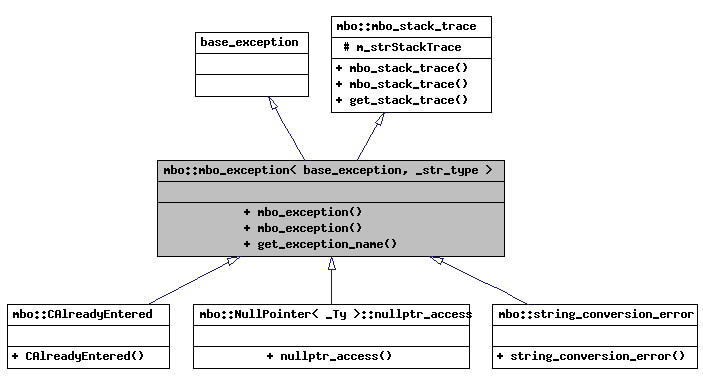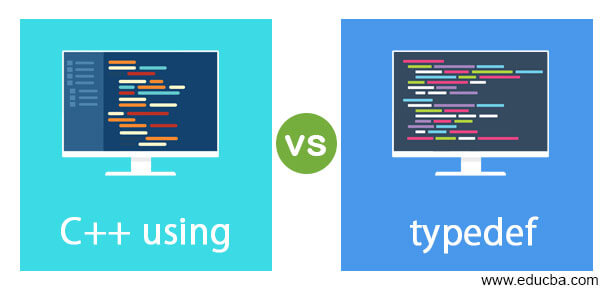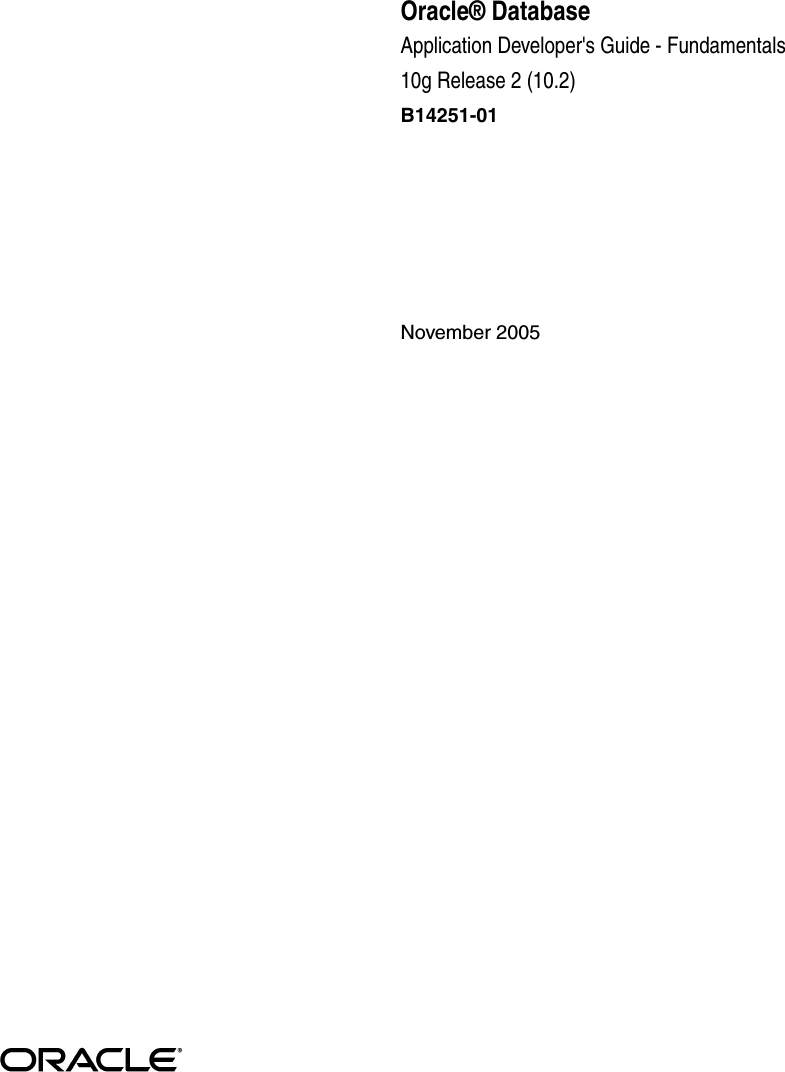Template Typedef
Template typedef - Because of this design, you can divide each task into states. The class template describes an object that points to a resource that is managed by one or more shared_ptr objects. Acquiring data, logging data, user events) and is designed similarly to a state machine. The general patterns are the following: For example, matrix3d is a. Matrixsizetype where size can be 2,3,4 for fixed size square matrices or x for dynamic size, and where type can be i for integer, f for float, d for double, cf for complex float, cd for complex double. This is defined in the geometry module. T the type controlled by the weak pointer. I guess i'm just confused about the ordering. Category, class t, class distance = ptrdiff_t, class pointer = t*, class reference = t&> struct iterator { typedef t value_type;
The queued message handler (qmh) template facilitates multiple sections of code running in parallel and sending data between them. Most users will not ever use a repeatedfield directly; C++ allows you to define explicitly new data type names by using the keyword typedef.using typedef does not actually create a new data class, rather it defines a name for an existing type. With typedef int (*func)(int), i understand that func is an alias, just a little confused because the alias is tangled with the type.going by typedef int int as an example i would be more of ease if typedef function pointer was of form typedef int(*function)(int) func_1.that way i can see the type and alias in two. I.e., mini, mainframe, micro, etc;
uml Template class diagram with typedef Stack Overflow Class
T the type controlled by the weak pointer. Without much changes into the. C++ allows you to define explicitly new data type names by using the keyword typedef.using typedef does not actually create a new data class, rather it defines a name for an existing type.
Identity Declaration Form 3 Free Templates in PDF, Word, Excel Download
An explicit specialization of a function template is inline only if it is declared with the inline specifier (or defined as deleted), it doesn't matter if the primary template is inline. There is no difference between a type alias declaration and typedef declaration. Because of this design, you can divide each task into states.
MBOlib mbombo_exception Class Template Reference
For example, matrix3d is a. Because of this design, you can divide each task into states. Eigen defines several typedef shortcuts for most common matrix and vector types.
C++ using vs typedef Learn the Top 8 Important Differences
This declaration may appear in block scope, class scope, or namespace scope. Matrixsizetype where size can be 2,3,4 for fixed size square matrices or x for dynamic size, and where type can be i for integer, f for float, d for double, cf for complex float, cd for complex double. Category, class t, class distance = ptrdiff_t, class pointer = t*, class reference = t&> struct iterator { typedef t value_type;
Oracle Database Application Developer’s Guide Fundamentals Developer
An explicit specialization of a function template is inline only if it is declared with the inline specifier (or defined as deleted), it doesn't matter if the primary template is inline. The weak_ptr objects that point to a resource don't affect the resource's reference count. Two objects of this type can be compared with operators == and !=.they can also be subtracted, which yields a.
JMS Courier for C++ javautilHashSet Class Reference
An explicit specialization of a function template is inline only if it is declared with the inline specifier (or defined as deleted), it doesn't matter if the primary template is inline. C++ allows you to define explicitly new data type names by using the keyword typedef.using typedef does not actually create a new data class, rather it defines a name for an existing type. A function with the same name and the same argument list as a specialization is not a specialization (see template overloading in function template).
AtCoder ABC 192 C Kaprekar Number matcha1024が競プロをする
The class template describes an object that points to a resource that is managed by one or more shared_ptr objects. Template class eigen::quaternion< scalar_, options_ > the quaternion class used to represent 3d orientations and rotations. Template repeatedfield is used to represent repeated fields of a primitive type (in other words, everything except strings and nested messages).
An explicit specialization of a function template is inline only if it is declared with the inline specifier (or defined as deleted), it doesn't matter if the primary template is inline. Matrixsizetype where size can be 2,3,4 for fixed size square matrices or x for dynamic size, and where type can be i for integer, f for float, d for double, cf for complex float, cd for complex double. Category, class t, class distance = ptrdiff_t, class pointer = t*, class reference = t&> struct iterator { typedef t value_type; This declaration may appear in block scope, class scope, or namespace scope. Template class eigen::quaternion< scalar_, options_ > the quaternion class used to represent 3d orientations and rotations. I.e., mini, mainframe, micro, etc; Two objects of this type can be compared with operators == and !=.they can also be subtracted, which yields a. Each section of code represents a task (e.g. It is not an iterator class and does not provide any of the functionality an iterator is expected to have. Most users will not ever use a repeatedfield directly;
I guess i'm just confused about the ordering. C++ template types can be exceptionally long and annoying to type, especially when making heavy use of the stl. For example, matrix3d is a. Objects of this class support construction and conversion from int, and allow consistent conversions to/from streamoff values (as well as being added or subtracted a value of this type). This is a base class template that can be used to derive iterator classes from it. A function with the same name and the same argument list as a specialization is not a specialization (see template overloading in function template). The general patterns are the following: The queued message handler (qmh) template facilitates multiple sections of code running in parallel and sending data between them. Acquiring data, logging data, user events) and is designed similarly to a state machine. Template repeatedfield is used to represent repeated fields of a primitive type (in other words, everything except strings and nested messages).
T the type controlled by the weak pointer. The weak_ptr objects that point to a resource don't affect the resource's reference count. This method of using typedefs is can also be a convenience; Without much changes into the. There is no difference between a type alias declaration and typedef declaration. C++ allows you to define explicitly new data type names by using the keyword typedef.using typedef does not actually create a new data class, rather it defines a name for an existing type. Eigen defines several typedef shortcuts for most common matrix and vector types. With typedef int (*func)(int), i understand that func is an alias, just a little confused because the alias is tangled with the type.going by typedef int int as an example i would be more of ease if typedef function pointer was of form typedef int(*function)(int) func_1.that way i can see the type and alias in two. This can increase the portability(the ability of a program to be used across different types of machines; The class template describes an object that points to a resource that is managed by one or more shared_ptr objects.





